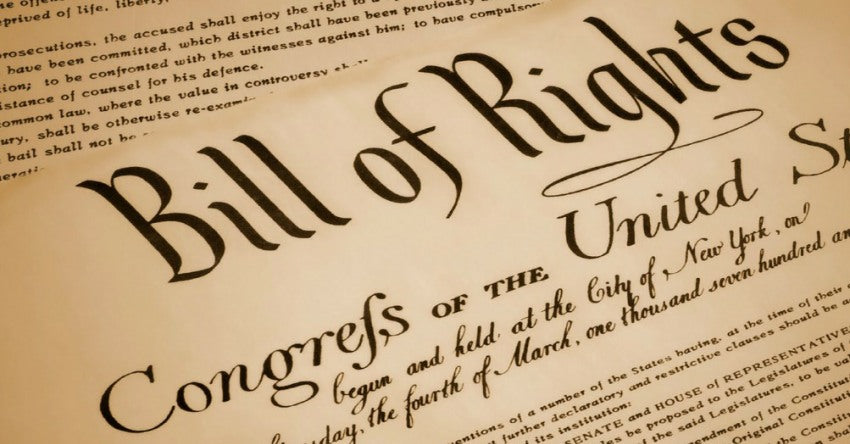Welcome to a pivotal piece of American history, the United States Bill of Rights. This landmark document, ratified on December 15, 1791, comprises the first ten amendments to the U.S. Constitution. It was born out of necessity after a fierce debate over the Constitution’s ratification highlighted the need for explicit protections of individual liberties. James Madison, often hailed as the ‘Father of the Constitution’, was instrumental in drafting these amendments. He studied the objections raised by the Anti-Federalists, who were concerned about the lack of protections for individual rights. Drawing inspiration from earlier documents such as the Virginia Declaration of Rights, the Magna Carta, and the English Bill of Rights, Madison crafted amendments that would become the cornerstone of American liberties. The Bill of Rights protects essential freedoms such as speech, religion, assembly, and the press, and it imposes limits on the government’s power in judicial proceedings. Initially, these rights applied only to the federal government, but the Fourteenth Amendment, ratified in 1868, expanded their reach to state governments through a process known as incorporation. Over time, the Bill of Rights has become a symbol of the freedoms that define the American way of life. Notably, North Carolina played a unique role in the history of the Bill of Rights. During the Civil War, the state’s copy of the Bill of Rights was taken by a Union soldier and sold, only to resurface many years later. In the early 2000s, this copy was recovered and returned to its rightful place, a testament to the enduring significance of these amendments. As you reflect on the Bill of Rights, consider its impact not only on the United States but also on the broader global movement for human rights, inspiring countless other nations to enshrine similar protections in their own legal systems.





